Visit a superb museum about Oregon's wild west past.
The Oregon Historical Society Museum is just south of downtown Portland, at the leafy South Park Blocks.
The highlight of this museum is the 4 million dollar award-winning "Experience Oregon" exhibit. This 7,000 square foot exhibit immerses you in colorful tales from Oregon's history, from the native Chinook Indians, to the European explorers, and first settlers arriving along the Oregon Trail.
The excellent exhibits are capped off by a great movie.
Check tickets and hours (It's located at 1200 SW Park Ave, near the Portland Art Museum).
10 best things to see at Oregon Historical Society Museum
1. Check out a cedar canoe used by Chinook Indians over 100 years ago!
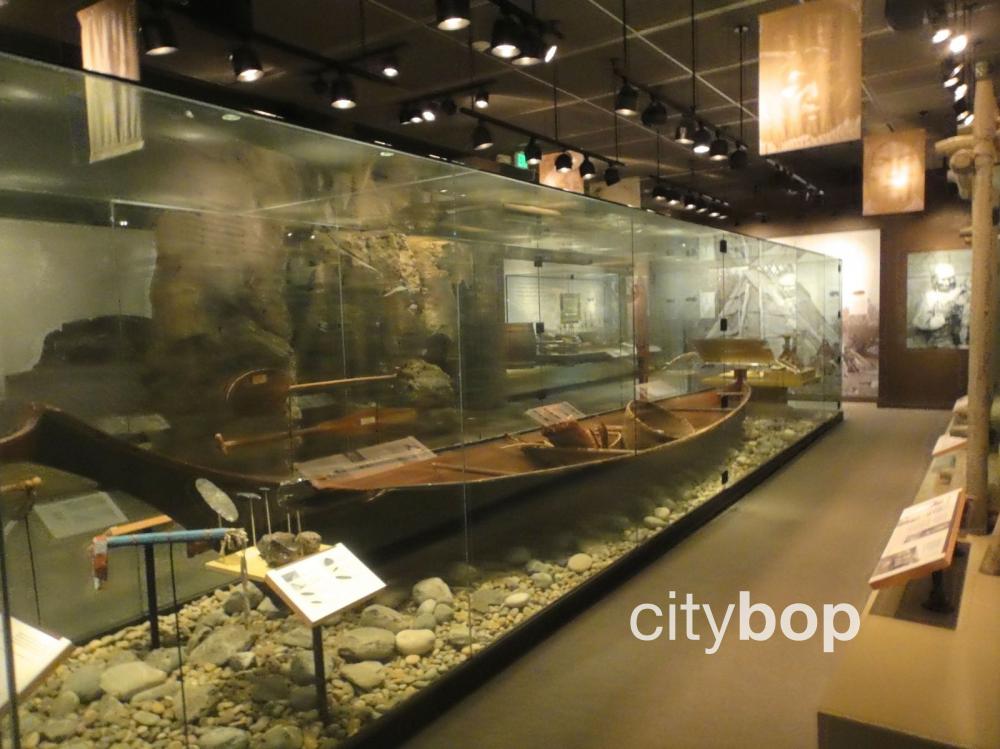
2. Walk inside a Native American plank house.
Native Americans were in the Pacific Northwest for 11,000 years, before they were forced onto reservations in the mid-1800's.
You can learn about their traditional way of life by stepping inside a cedar plank house, once common along coastal areas of the Pacific Northwest. These huge structures were up to 100 feet long, and were used for sleeping, storage and meetings. The handwoven baskets were used to collect roots and berries, and you can see them at the Oregon Historical Society Museum.

3. Discover the Age of Exploration during the 1700s in the Pacific Northwest.
By the 1700's many countries, including Britain, Russia and Spain and America dispatched ships to explore the Pacific Northwest, with famous explorers like James Cook, George Vancouver, and Juan Perez.
The goal was to set up trading posts for countries to exploit the vast natural resources of the Pacific Northwest, and dominate the lucrative maritime fur trade. The furs from sea otters and beavers were known as Soft Gold, because they could be used to make fashionable hats and coat collars in Europe.
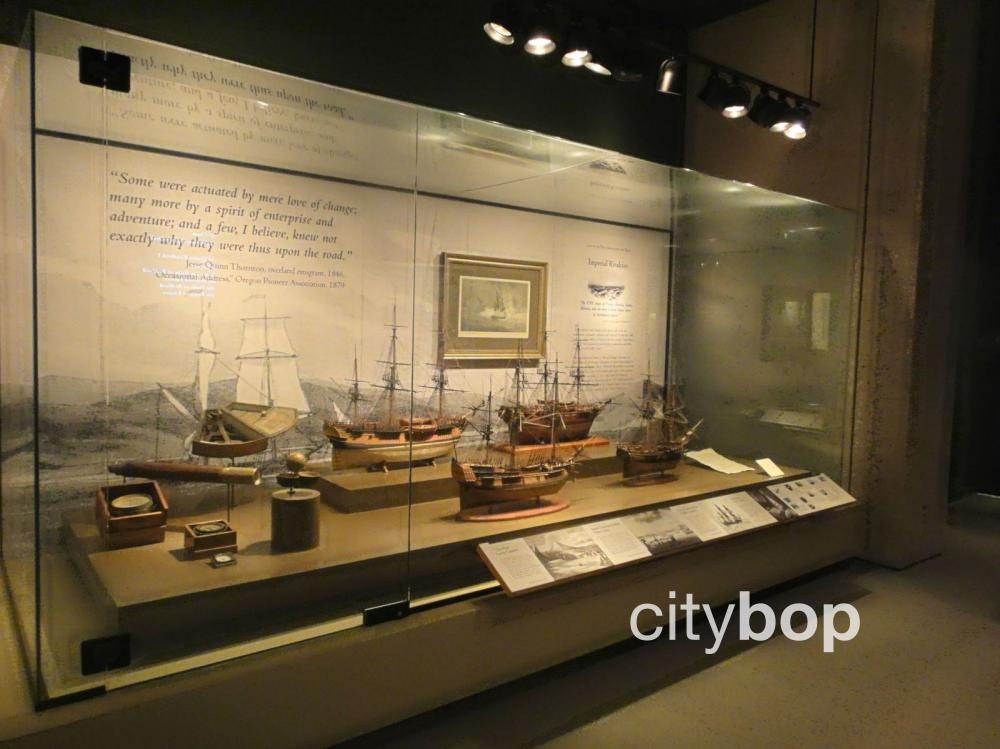
4. Learn about the famous Hudson's Bay Company that put the Pacific Northwest on the map.
The Hudson's Bay Company started in 1670 in London, and was primarily a fur trading company established by a group of rich English merchants under royal charter.
Hudson's Bay Company set up a trading post at Fort Vancouver in the Pacific Northwest in 1825, and exchanged furs obtained from the Native Indians for tobacco, garments and metal goods. These furs were then shipped back to England and China.
The company's presence in the Pacific Northwest was hugely important in opening up the Pacific Northwest, by establishing a self sufficient outpost with a basic form of government, and mapping the terrain of this wild territory. This laid the groundwork for the thriving industries we see today in Oregon and Washington State.
Check out the exhibit on the Hudson's Bay Company at the Oregon Historical Society Museum.

Here are some artifacts from the Hudson's Bay Company.
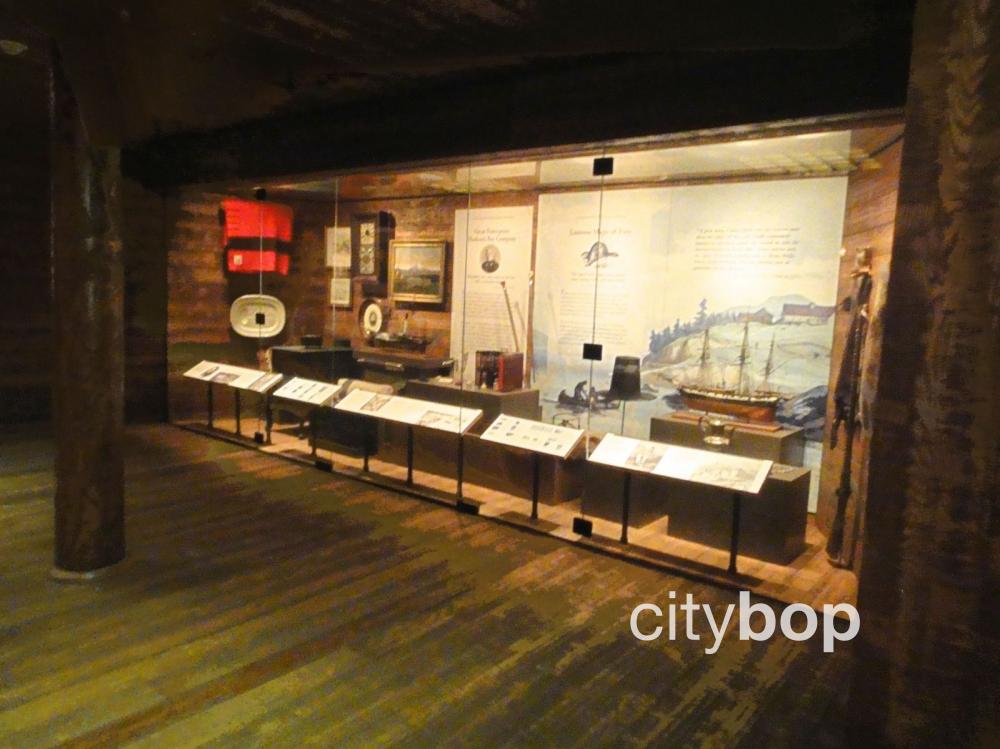
5. See how Europeans were fascinated by the new plants and trees they discovered in the Pacific Northwest.
The Scottish Botanist, David Douglas, catalogued plant specimens on his 1826 trip to Oregon, and introduced over two hundred Pacific Northwest plants to British gardens. The Douglas-Fir Tree is named after him!
.jpg)
6. Discover how the first missionaries in the Pacific Northwest were known as the Black Robes, and arrived at Fort Vancouver in 1838 to convert Native Indians to Christianity.

7. Discover why people made the 2,000 mile journey along the Oregon Trail for a new life.
Mid-western farmers were struggling with a lackluster economy in the mid-1800s, and were intrigued by stories coming from missionaries, trappers, and government officials about Oregon's fertile lands. They were also targeted with heavy marketing around Oregon as the Land of Opportunity. Many eventually made the difficult 2,000 mile journey along the Oregon Trail for a new life, traveling by foot, horseback or wagon.

Between the 1840s to 1860s, an astounding 400,000 people made the overland journey across the Oregon Trail from the midwest. Many walked the whole way, suffering incredible hardship along the way. There was no train line in place at this point in time.

The Oregon Historical Society Museum has an authentic 1860 covered wagon from the Oregon Trail, and many early settlers sold their farms to purchase the canvas-covered wagons. Peek inside the wagon to see the provisions required for this overland crossing.
8. Learn about the FREE land grants awarded to early settlers in Oregon in the 1850s!
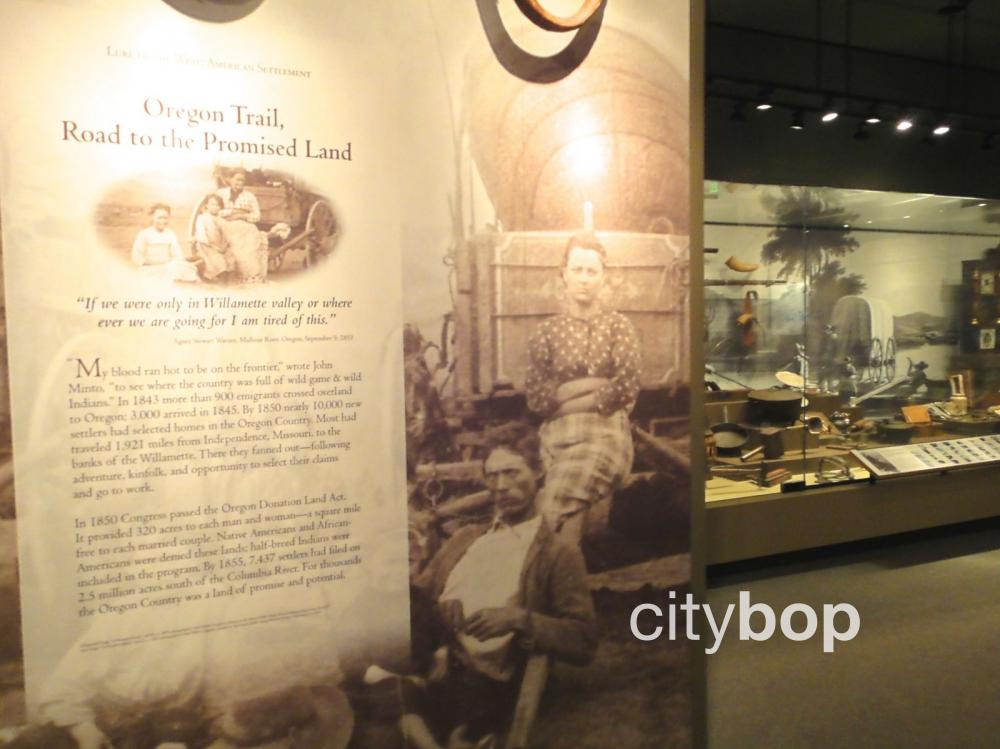
Imagine receiving free land from the government, and not just a few acres, but up to hundreds of acres! That's exactly what happened when settlers were rewarded with generous land grants. For example, the Oregon Donation Land Act of 1850 granted an astounding 320 acres to men, and 640 acres to married couples! That's a huge amount of land.
The government had ceded these lands from Native Americans by treaty, in exchange for goods and services. Not only did Native Americans lose their ancestral lands, their numbers also dwindled from diseases introduced by Europeans.
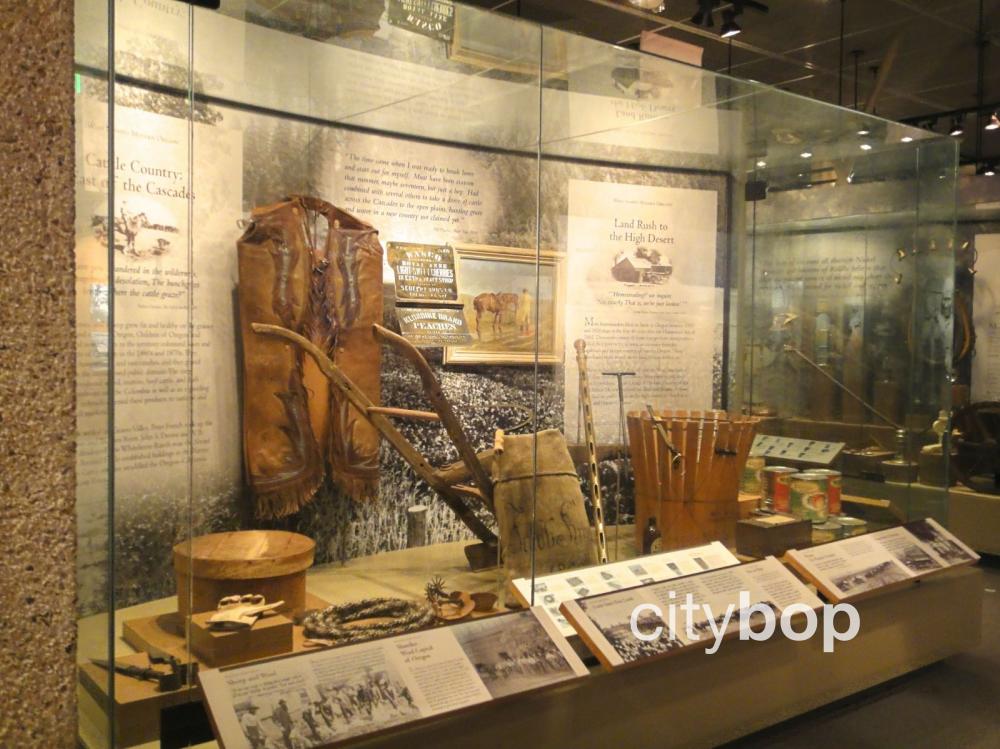
Another of the big land grants was in the Oregon High Desert. There was a lot of excitement when President Lincoln signed the Homestead Act of 1862 into law, and each new settler was granted 160 acres of surveyed government land in the High Desert, in exchange for cultivating the land for a minimum of five years. After that period they received title to the land.
9. Check out the 1800's hand saws used by loggers to cut down Oregon's vast forests.
The Oregon Historical Society Museum has some early example of tree felling tools used by pioneers in the 1800s, in Oregon's thriving logging industry. Accidents and even death was common amongst loggers, who lived in sub-standard conditions in damp logging camps.
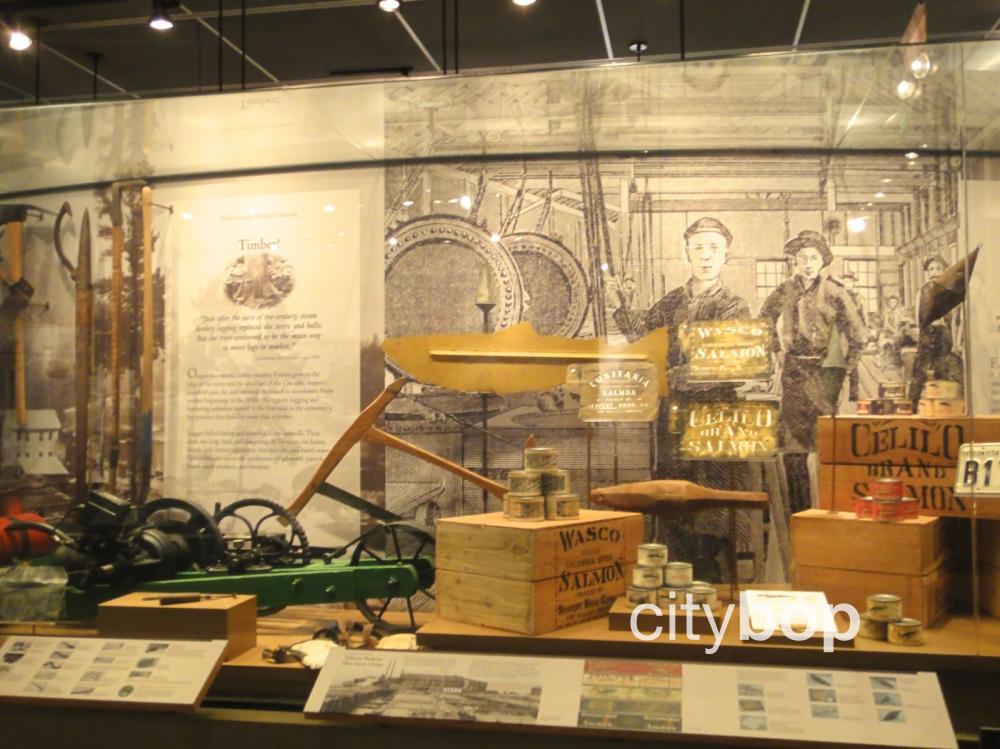
10. Read about pioneer Joseph Meek, who lobbied hard for Oregon to become a territory so that it could later join the United States.
Joseph Meek was a larger than life personality in Oregon's pioneering history, traveling to Washington D.C. in 1847 to ask for Oregon to have territorial status. This was instrumental in Oregon eventually being declared a state in 1859.
Meek was an adventurer, first crossing the Oregon Trail to reach the fertile grounds of the Willamette Valley. He lived the dangerous life of a fur trapper, and was involved in many skirmishes with Native Indians, and even wrestled a bear! His stories were the stuff of legends. He was also married three times to Native American women.
Joseph Meeks later put this rough and tumble life behind him to become a dignified politician. The photo below shows some of Joseph Meek's rifle collection at the Oregon Historical Society Museum.

Know before you go
- Address: 1200 Southwest Park Avenue, Portland, 97205.
- Hours and tickets: here.
- Parking: On-street metered parking.
- Research: Doing a research project on Oregon? Then stop by the Research Library, with an astounding 85,000 artifacts, 2.5 million photographs and 30,000 books in a 100,000 square foot vault at the Oregon Historical Society Museum.
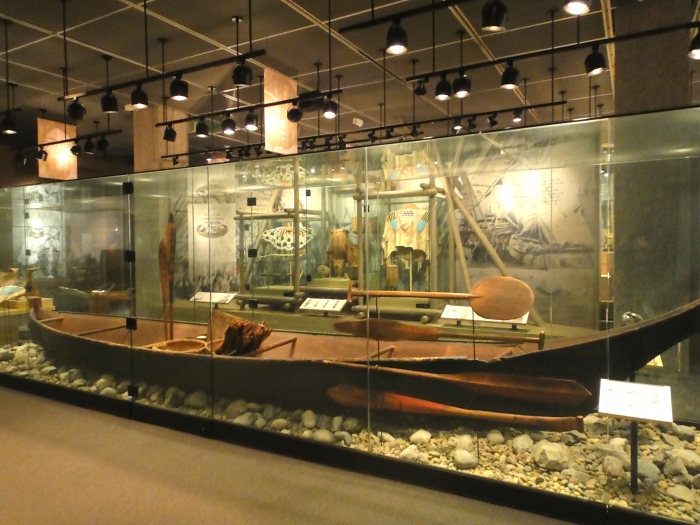
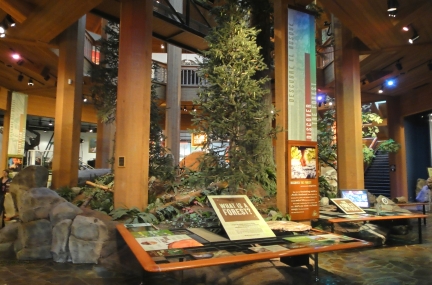
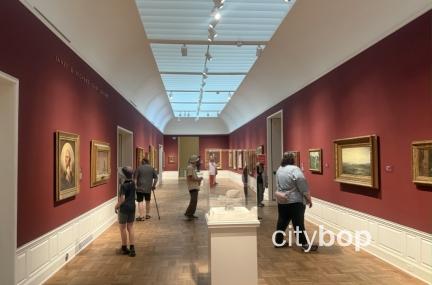


Review this attraction